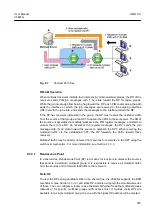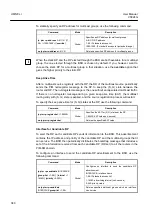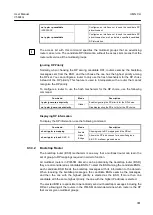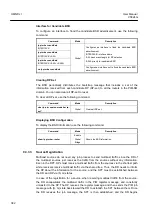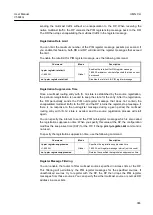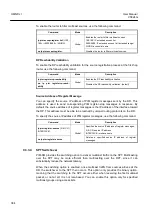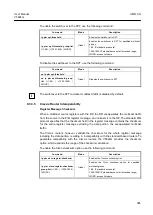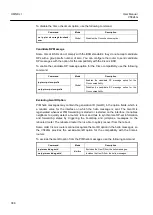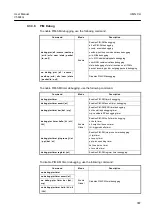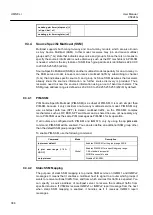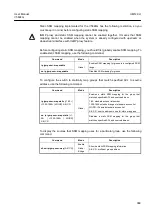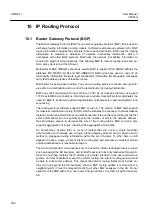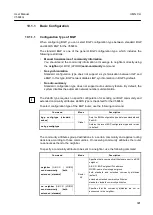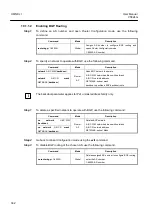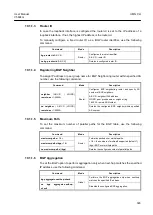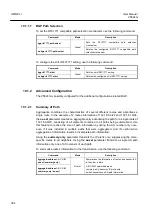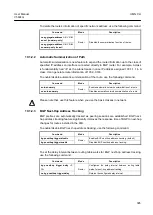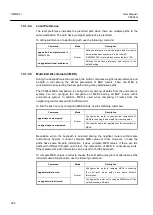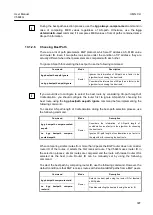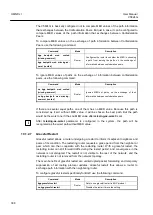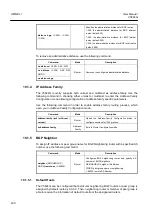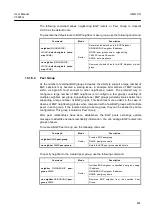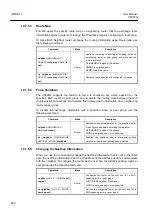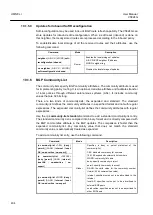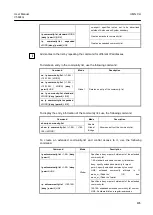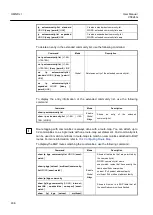
User Manual
UMN:CLI
V5824G
393
10.1.1.3
Router ID
In case the loopback interface is configured the router-id is set to the IP address of a
loopback interface. If not, the highest IP address is the router-id.
To manually configure a fixed router ID as a BGP router identifier, use the following
command.
Command
Mode
Description
bgp
router-id
A.B.C.D
Router
Configures the router identifier.
A.B.C.D: router ID
no bgp
router-id
[
A.B.C.D
]
Deletes a configured router ID.
10.1.1.4
Registering BGP Neighbor
To assign IP address or peer group name for BGP Neighboring router within specified AS
number, use the following command.
Command
Mode
Description
neighbor
{
A.B.C.D
|
WORD
}
remote-as
<1-65535>
Router
Configures BGP neighboring router and specify AS
number of BGP neighbors.
A.B.C.D: neighbor IPv4 address
WORD: peer group name or neighbor tag
1-65535: remote AS Number
no neighbor
{
A.B.C.D
| WORD
}
remote-as
<1-65535>
Deletes the configured BGP neighbor within specified
AS number.
10.1.1.5
Maximum Path
To set the maximum number of parallel paths for the BGP table, use the following
command.
Command
Mode
Description
maximum-paths
<1-8>
Router
Forwards packets over multiple paths.
<1-8>: the numbers of multipath supported (defualt:1)
ibgp: iBGP over multiple paths
maximum-paths ibgp
<1-8>
no maximum-paths
[
ibgp
]
Deletes the configured number of parallel paths.
10.1.1.6
BGP Aggregation
To set the BGP option to perform aggregation only when next-hop matches the specified
IP address, use the following command.
Command
Mode
Description
bgp aggregate-nexthop-check
Global
Performs the BGP aggregation only when next-hop
matches the specified IP address.
no
bgp
aggregate-nexthop-
check
Disables the configured BGP aggregation.

